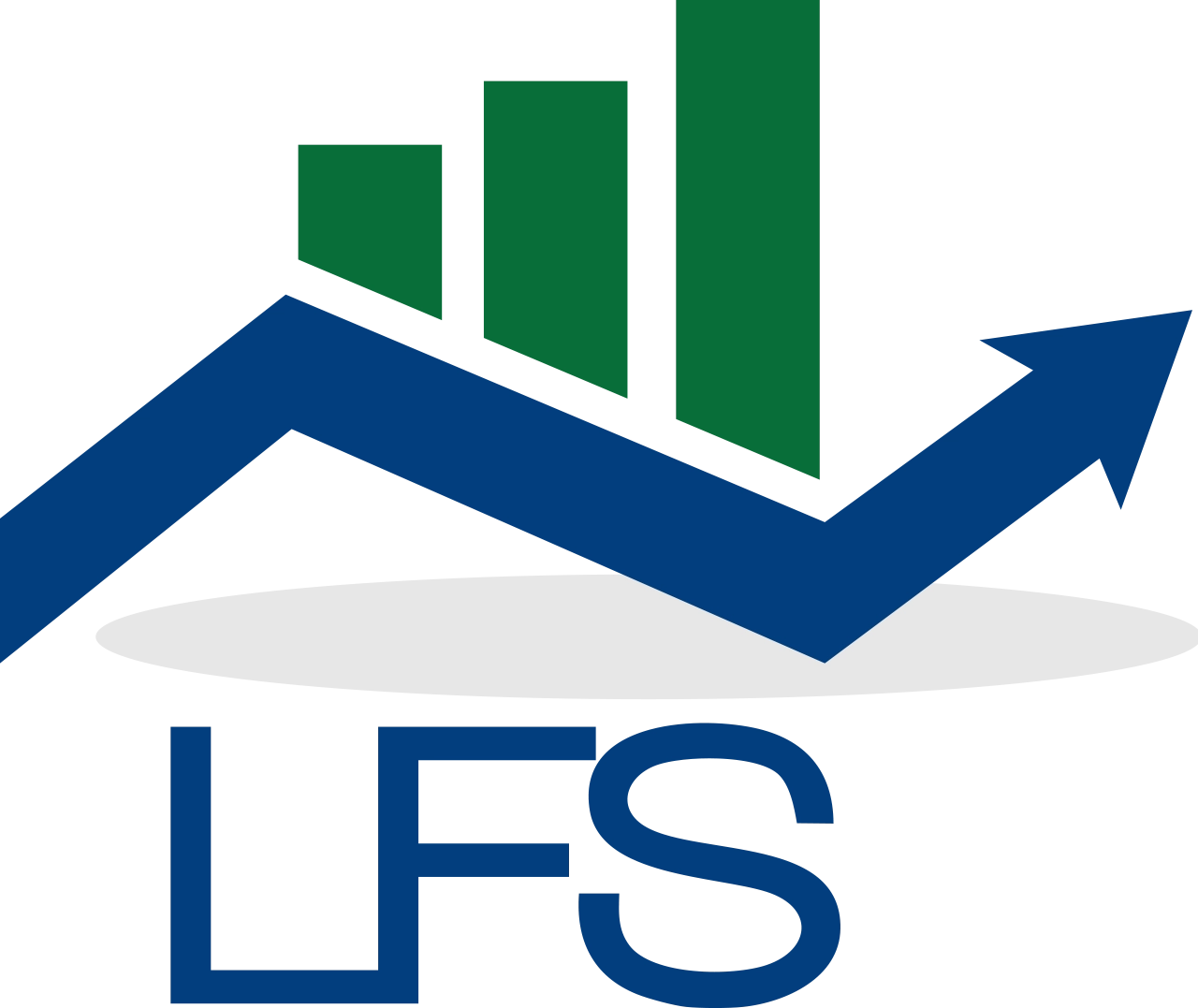Bernie’s Blog
Welcome to our LFS Summer Intern!
We are happy to virtually introduce you to our summer intern, Avra Neuringer. Avra is our niece, the oldest daughter of our sister Nancy and brother-in-law David. She will be a rising junior at Northview High School here in Atlanta.
Hopefully, many of you will meet Avra during her summer with us. She will be participating in meetings via ZOOM and in person, and she will have a variety of projects which we hope will be educational and even a little fun for her!
Avra will author Bernie’s Blog at the end of her summer with us to share what she has worked on and what she has learned.
Welcome Avra!

Happy Financial Birthdays
Back by popular demand and compliments of Nerdwallet, is an updated look at happy financial birthdays. Or not. All are subject to change.
And all of these treats are in addition to the nifty birthday cards you get from us!
We can help with any of these!
Age 50: Annual additional catch-up contributions of $1000 for traditional/Roth IRA’s are allowed (from $6000 to $7000). For employer-sponsored plans like 401K’s or 403B’s, the annual catch-up amount is $6500 (from $19,000 to $26,000)
Age 55: You can now (usually) withdraw dollars from your employer-sponsored retirement plan if you leave your employer for any reason, without the 10% early withdrawal penalty. Income taxes still have to be paid. Of course.
Age 59½: Withdrawals from any retirement plan without a 10% early withdrawal penalty are now allowed. Income taxes – uh yeah.
Age 60: For most widows/widowers, this is the earliest age to collect survivor social security benefits. There are situations where survivor benefits can begin earlier.
Age 62: This is the earliest age for social security benefits to begin (yours or spousal) but amounts are permanently lower than if you wait until full retirement age which is currently 66-67. There is also a reduction in benefits until you reach full retirement age, if you earn over $18,960 in 2021.
Age 65: You are now usually eligible for Medicare. Get signed up before you turn 65 if you can.
Age 66-67: This is considered full retirement age. This is age 66 if you were born between 1943 and 1954. It goes up by two months per year until you reach 67 if born after 1960. This will change of course. Starting to receive social security at this age means no reduction due to early start payments or income.
Age 70: Delaying social security beyond your full retirement age (see above) increases your (or your spouse’s) benefit by 8% per year until it maxes out at age 70.
Age 72: Required minimum distributions (RMDs) out of traditional, non-beneficiary IRA’s start at age 72. The government has been waiting for its (fair) share of income taxes for decades, so this is the time. There are other rules for employer sponsored plans if you are still working. Does not apply to Roth IRA’s. Qualified charitable contributions up to the amount of your RMD are not currently subject to income tax.
A First Look at Potential Income Tax Changes
This issue of “Bernie’s Blog” comes to you from Tim Kriegel who is a CPA, as well as part of our LFS family.
This month we want to look at the tax proposals impacting individuals that have been floated by President Biden. We will keep our discussion to the major points and those that are more likely to impact our clients as there have been a lot of ideas discussed. From what we have been able to discern, even if Congress would pass tax legislation this year, the changes would not be effective until 2022. However, now is the time to start discussing and thinking about the possible implications.
Major potential changes:
- Top income tax rate on individuals increased from 37% to 39.6% for single filers with incomes above $452,700 (joint filers $509,300).
- Long term capital gains of taxpayers (single or joint) reporting $1 million or more income on their returns would pay capital gain taxes at a rate of 39.6% up from 20% today.
- The tax benefit of itemized deductions for those earning over $400,000 will be capped.
- FICA taxes would be imposed on wages above $400,000.
- The current Estate/Gift tax rate and exemption would remain unchanged.
One of the biggest potential items impacting our clients is the proposal to change how unrealized gains are taxed at death. The proposal eliminates the stepped-up cost basis on inherited assets upon death.
There are several exemptions which we will be glad to discuss when we meet.
The President’s proposals are a starting point and will not pass Congress as-is. They are bound to evolve, and compromises will be made, but we should all be aware of the ongoing discussions. The last discussion item will impact a lot of people.
Fulfilling Our Annual Regulatory Requirements
Hi everyone. As you know, investment advisors are heavily regulated, which is a good thing, since the regulations are designed to protect you, our clients. Once per year, we are required to send you an updated copy of Part 2 of our ADV, aka our Firm Brochure and/or to provide you with a summary of material changes over the last year.
In the next few days, we will be emailing this document to those of you who are clients. Clients who prefer hard copy will receive document in the mail.
Two changes this year to make you aware of:
- We are now being regulated directly by the Securities and Exchange Commission (SEC) rather than by the Secretaries of State of GA and NC. This change is due to the growth in our assets under management – thanks to all of you and a very good stock market.
- There is a new SEC regulatory requirement called the Customer Relationship Summary (CRS). This document is designed to provide information to clients in a non-technical, simpler, and easier to read format. We will let you decide whether or not it really does that!
As always, feel free to send questions after you get the documents in the next few days.
It’s April which mean it’s Financial Literacy Month
And time for our annual financial literacy quiz!
As a reminder, financial literacy is defined as the ability to understand and effectively use financial skills and tools, which include personal financial management, investing and budgeting. Ongoing financial education of ourselves, and our children/grandchildren, is considered the backbone of financial literacy so we are furthering the cause by providing some fun and educational questions for you.
Spoiler alert, some of these questions refer to prior “Bernie’s Blog” posts, so feel free to look back as needed. Some questions have more than one right, or wrong, answer.
1. Where should I keep my emergency fund?
a. In 10 coffee cans in my backyard, to ensure proper diversification
b. In my checking account so I can get to it easily when I need it
c. In an online high yield savings account or short-term bond fund
d. In a high growth ETF for tax efficiency
e. No idea. Better call LFS2. Why are my 2021 Required Minimum Distributions (RMDs) higher than I planned for?
a. What’s a required minimum distribution?
b. Because I/LFS did a lousy job planning
c. Because I didn’t take a RMD in 2020
d. Because the stock market ended 2020 at a record high
e. Because the government needs my tax dollars3. How should I prepare for these higher RMDs?
a. What’s an RMD?
b. Sell the bonds in my IRA
c. Get a new accountant
d. Adjust my tax withholding
e. No idea. Better call LFS4. When interest rates rise, what happens to bond prices?
a. They go up
b. They go down
c. They stay the same
d. They get indexed to bitcoin
e. No idea. Better call LFSWhat is a “SPAC” and what is all the fuss about?
Easy part first… A SPAC is a “special purpose acquisition company” also sometimes known as a blank check company. Quite simply, a SPAC creates a way for a private company to go public/get money more easily and more quickly than by undertaking an IPO (initial public offering). In actuality, a SPAC is a shell company with no commercial purpose except to raise money through its own IPO in order to merge with/acquire a privately held company. These SPACs are created and owned by “sponsors” who are usually institutional investors, private equity or hedge funds, often with expertise in a specific industry.
Although SPACs have been around for decades, they became very popular in 2020 because of the economic uncertainty caused by the pandemic. SPAC mergers have created many well-known, now publicly held, companies, including Virgin Galactic, DraftKings, and Opendoor.
How does a SPAC actually work?
After the SPAC is created, the sponsors undertake their own IPO to get investors. Investors in a SPAC have no idea which privately held company will eventually be acquired, so they are essentially handing over money to SPAC sponsors, who also do not usually know which company they will be buying. A share in a SPAC usually sells for $10 and that share will ultimately be exchanged for a share in the acquired company, often with a right to buy additional shares at a discounted price. In general, a SPAC sponsor has two years to find a merger candidate and close the deal. If the deal isn’t closed in two years, the initial investment, plus a small interest payment, is returned to the SPAC shareholders.
Once a privately held merger candidate is identified and vetted, the SPAC shareholders vote to approve or deny the merger. If the merger is approved, the SPAC shares are exchanged for shares in the new company. The sponsors generally retain 20% equity in the public company.
What are the benefits and risks of SPACs for investors?
- Since SPAC shareholders have no real input into merger candidate selection, there is always a possibility that the company selected will be a company that investors do not like or an industry they do not want to participate in.
- There is also more risk for investors because there is much less due diligence required for a SPAC to merge with a privately held company, than there is for a privately held company to undertake its own IPO with the SEC requirements. However, that lack of SEC oversight means that the merger can be done in a matter of months, instead of the multiple years often required for an IPO, which also means the privately held company gets a cash infusion much more quickly.
- Historically, the biggest risk to SPACs has been the over-payment for the privately held company. Critics believe that since it’s not actually the sponsor’s money being spent to acquire, the valuation efforts done by the sponsors might be less robust. In truth, over the last 5 years, the returns from SPAC mergers have been significantly lower than the returns for traditional IPOs.

